Nosferatu and The Occult
At last, Hollywood finally did what they had failed to do for decades.
Robert Eggers’ adaptation of Nosferatu is a hauntingly brilliant cinematic masterpiece that stands out not only for its aesthetic appeal but also for its deep and accurate portrayal of esotericism and the occult. Unlike the majority of Hollywood films, which often reduce occult practices to clichés or caricatures, Eggers has meticulously woven authentic elements of magical traditions, folklore, and mysticism into the fabric of the story. This article explores how Eggers’ attention to detail and respect for these traditions elevates the film, presenting an occult narrative that resonates with practitioners and admirers of esoteric wisdom alike.
I recently had the privilege of appearing on the renowned Glitch Bottle podcast, where we discussed Hollywood’s portrayal of the occult. My sentiments during that conversation were largely critical, highlighting the failure of most films to authentically represent esoteric traditions. However, had the interview occurred just a month later, my perspective would have been enriched by the brilliance of Nosferatu. In this article, we will examine specific moments in the film that showcase its masterful integration of occult practices and why these portrayals matter.
Occult Elements in Nosferatu
Opening Invocation and The Danger of Non-Specificity
"A young Ellen calls to a guardian angel, a spirit of comfort, a spirit of any celestial sphere, anything to come end her deep loneliness that has sent her into a depression."
This scene features a fundamental principle of ceremonial magic: the importance of specificity. By recklessly opening herself to "any" spirit, Ellen inadvertently invites a vampire into her life. This moment captures a key lesson in magical operations—the dangers of leaving spiritual contracts vague. Eggers’ decision to include this factor demonstrates his understanding of occult principles and their consequences.
The Power of Bodily Offerings
"She holds a SILVER HEART-SHAPED LOCKET, and opens it: Her portrait on one side, the other side is empty. She takes some scissors and clips a small LOCK OF HER BLACK HAIR. SHE PUTS IT INSIDE THE LOCKET. She looks at it, in the mirror, with sorrow."
In many magical traditions, offering a piece of oneself—whether hair, blood, or another bodily element—is a potent act that deepens a spiritual bond. In this case, Ellen’s offering strengthens Count Orlok’s connection to her, especially after he acquires the locket. The inclusion of this detail is not only accurate but also empowers the narrative by demonstrating the consequences of such acts.
The Vampire’s Grave and Folklore Accuracy
"THOMAS watches as THE GYPSIES follow a NUDE TEENAGE GIRL RIDING BACKWARD ON A WHITE HORSE..."
This scene depicts a traditional Eastern European method for identifying a vampire’s grave, using a white horse to avoid desecrating sacred ground. While the film takes creative liberties, such as utilizing a naked teenage girl for the representation of a virgin, in the real world the virgin could have just been a young boy that was fully clothed. Still, the film remains faithful to the essence of the folklore. This attention to cultural specificity reflects Eggers’ commitment to authenticity.
The Sfântul Andrei Tradition
"Yesternight was but the eve of our Sfântul Andrei..."
Eggers’ inclusion of Romanian folklore, particularly the significance of Sfântul Andrei, weaves deeper into the film’s cultural tapestry. By incorporating traditions such as using garlic to ward off spirits, the film nods to the roots of vampire mythology while grounding its narrative in a specific cultural context.
The Seal of Orlok and The Contract
"ORLOK signs the document written in the same mysterious symbols as were in KNOCK’S office..."
The contract written in Romanian Cyrillic and sealed with blood-red wax evokes the gravity of magical contracts. Eggers’ choice to incorporate Old Dacian language adds layers of mystique and historical depth, inviting viewers to consider the occult significance of the pact. The seal features a seven pointed star, symbol of a school of magic that we will dive into in a moment.
Paracelsus and Alchemical Philosophy
"It grieves me to say, but he became obsessed with the work of Paracelsus and the like..."
The reference to Paracelsus, a pivotal figure in alchemy and mysticism, is a delightful nod to the intellectual underpinnings of occult traditions. This moment reflects the film’s reverence for esoteric thinkers and their influence on magical practices.
The Solomonari and Scholomance
"A black magician he was in life. Solomanari. He wished to conquer death."
The invocation of the Solomonari, a figure from Romanian folklore, ties the narrative back to Dracula’s literary origins while adding depth to the vampire’s lore.
The Solomonari, a figure in Romanian folklore, is depicted as a wizard capable of controlling weather and riding dragons like the zmeu or balaur. They are trained in magical arts and animal speech at the Solomonărie (or Scholomance), a school often associated with the Devil. This concept, mentioned in Dracula original lore and drawn upon in Nosferatu, adds depth to the vampire mythos. While Solomonari were initially seen as benevolent, Christian influences recast them as malevolent figures, spawning tales of "anti-Solomonar" heroes. Despite diminished belief over time, the Solomonari remain part of Romania cultural fabric, seen as cunning but not necessarily evil.
Angelic and Demonic Invocations
"Camael, Haniel and Zadkiel... followed by Eligos, Orabas and Asmodeus."
Von Franz’s invocation of angels and demons demonstrates an advanced understanding of ceremonial magic. Each entity’s specific attributes align with Ellen’s plight, showcasing Eggers’ nuanced portrayal of spiritual ecosystems. This scene not only advances the plot but also serves as a lesson in the careful and deliberate use of occult practices.
Below are the correspondances of the summoned entities.
Camael: protection from malevolent forces.
Haniel: spiritual enlightment, lunar energy, intuition.
Zadkiel: mercy, redemption, divine compassion.
Eligos: insight into the unknown.
Orabas: protection from deception and manipulation.
Asmodeus: lust, chaos, destruction, possession and corruption.
Von Franz and Occult Wisdom
"VON FRANZ I do not believe. I know.
I have wrestled with the Devil as Jacob wrested the angel in Peniel. Look here, my young man, I have seen things in this world that would have made Isaac Newton crawl back into his mother’s womb. We have not become so much enlightened as we have been blinded by the gaseous light of science. The mystic philosophers of old dared to look into darkness. If we are to tame darkness, we must face it and know it as we know ourselves. Meine Herren, we are here encountering the un-dead plague carrier... The Vampyr... Nosferatu!"
Von Franz’s monologue encapsulates the film’s thematic core: the interplay between spiritual wisdom and material skepticism. By rejecting the reductionism of science in favor of esoteric wisdom, the character serves as a mouthpiece for the film’s occult philosophy. His references to John Dee’s Five Books of Mysteries and the figure of Hermes Trismegistus further solidify the film’s credibility in its portrayal of Renaissance magic.
Ellen as the Priestess of Isis
"In heathen times you would have been a cherished Priestess of Isis."
Ellen’s transformative journey mirrors the path of an Isis Priestess, emphasizing themes of sexual alchemy and spiritual illumination. This comparison deepens her character arc, framing her ultimate sacrifice as an act of esoteric redemption.
Conclusion
Robert Eggers’ Nosferatu is a rare gem in the cinematic world, offering a portrayal of the occult that is both respectful and meticulously researched. By incorporating authentic elements of esotericism, folklore, and magical traditions, Eggers has created a film that resonates with practitioners and enthusiasts alike. The attention to detail—from the specificity of invocations to the cultural accuracy of vampire lore—sets Nosferatu apart as a triumph of occult storytelling. It is a film that not only entertains but also educates, inviting viewers to look beyond the veil and consider the profound wisdom of ancient traditions.

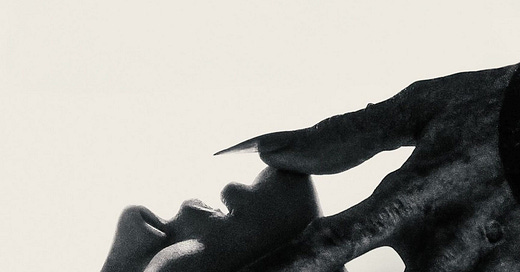



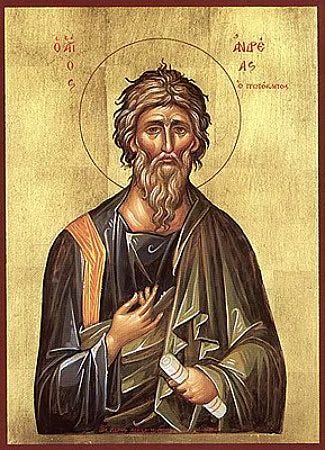
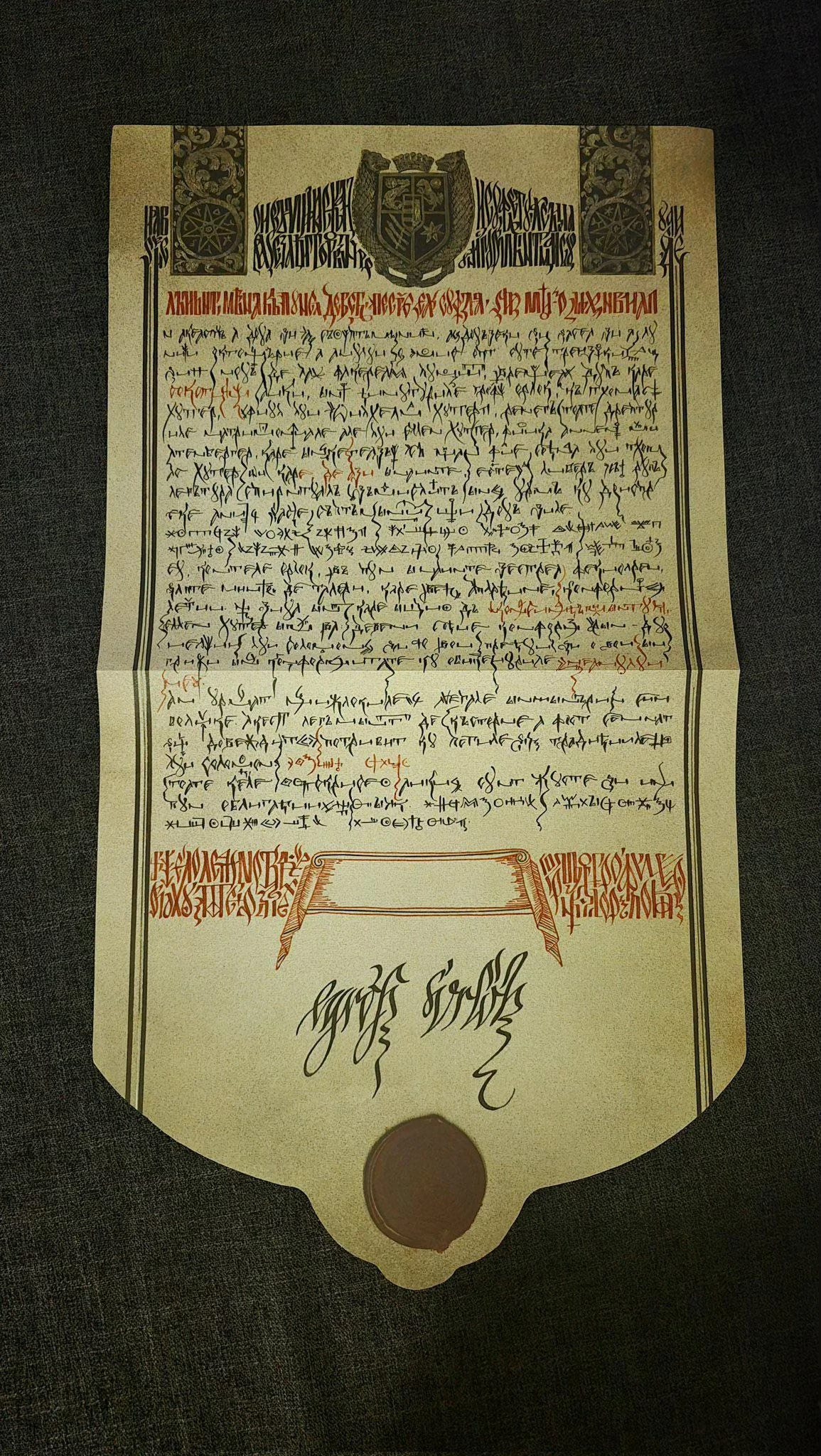
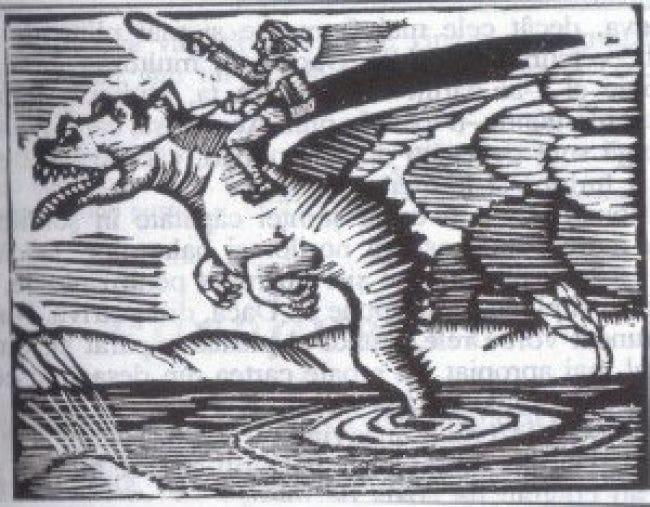
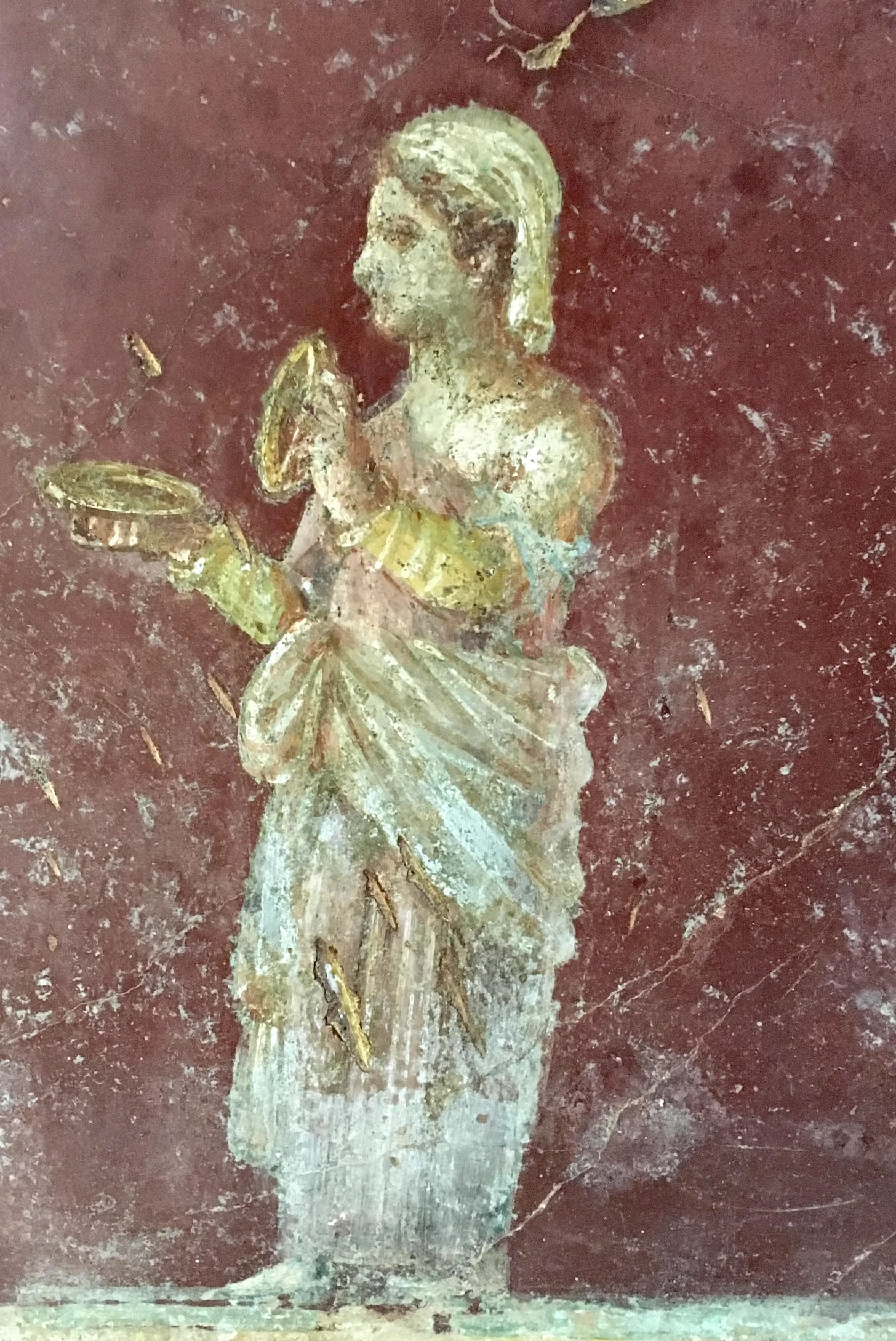
I know nothing about occultism, and I really enjoyed the movie. I'm glad they payed attention to these details as well!